
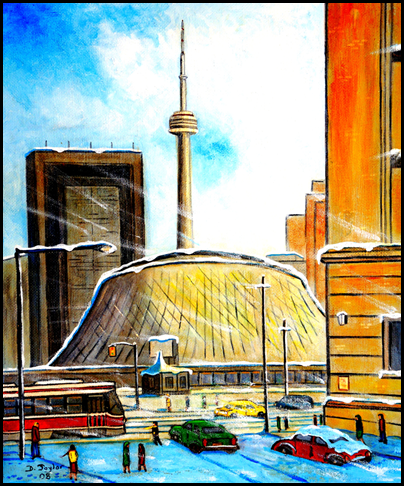
My earliest memories of the site where the Roy Thomson Hall is located dates from the 1960s. During that decade King Street West, near the intersection of Simcoe Street, was beginning its transformation from a sadly neglected district into the trendy avenue that it is today. The amazing change began in 1962, when Ed Mirvish purchased the Royal Alexandra Theatre and the following year opened a restaurant to lure theatre patrons. He believed that fine dining and theatre, were meant to go together. Mirvish’s restaurant was the soon-to-be famous Ed’s Warehouse, which specialized in prime rib beef. After it opened, I began visiting the King/Simcoe area more frequently to dine and attend the Royal Alex. Eventually I purchased a Mirvish subscription, my theatre seats being in the front row of the first balcony.
In the 1960s, Ed Mirvish maintained a strict dress code for those who entered his warehouse restaurant. Unlike today, such a policy was common among the finer restaurants of the city. However, it was considered especially essential by Ed Mirvish as across the street from his restaurant were the rail yards of the Canadian Pacific and Canadian National Railways, At any given time, the tracks contained row after row of unsightly boxcars that had recently delivered cargo to Toronto. However, the boxcars also bought stow-away men, often referred to as “hobos.” These men were transients who were down on their luck, so travelled from city to city by stowing away in boxcars. The dress code at Ed’s was considered a simple way to deter these men from entering the restaurant. In retrospect, I suspect that none of these men would ever have attempted to enter the restaurant as it was obviously beyond their means.
There is a story about Ed Mirvish that I have often repeated to friends. It demonstrates how seriously the staff at Honest Ed’s enforced the dress code. When I was in my early twenties, my family took me out to dinner for my birthday, but kept their choice of restaurant a surprise. I inquired if I should wear a tie and jacket, and was told that they were unnecessary. When we arrived, I discovered that the restaurant was Ed’s Warehouse, on King Street. My family had been unaware of the dress code.
The maître’s informed us that in order to enter the restaurant my brother, dad and I required jackets and ties, and offered to provide us with these from an assortment of items that they kept for such situations. He explained that the reason for the requirement was to prevent vagrants from the rail yard from entering the establishment. We were offended as the clothes they offered were wrinkled, worn, appeared not too clean. Besides, I was certain that we did not look like hobos as we were attired in a freshly laundered sport shirts and neatly pressed trousers.
Then, Ed Mirvish appeared on the scene and inquired, “What’s the problem?”
I explained.
He smiled, apologized, and told the waiter, “Escort them to the table that has been reserved for them.”
My family and I enjoyed the roast beef meal. The sour dill pickles, and bread rolls were excellent, and the spumoni ice cream was great for dessert. I think the roast beef was the best I ever had in Toronto. When the cheque arrived, it had been reduced by fifty per cent. Ed Mirvish was a very smart businessman, as well as a big-hearted individual. My family never forgot his generosity.
Now, on with the story of the land across from the restaurant where the rail yards were located. Though they continued to be a problem for Ed’s theatre and restaurant, he made them a success through shrew marketing. One such example is that when patrons purchased theatre subscriptions, they received a $20 coupon for dining at the Warehouse. In those days, the coupon covered the cost of the meal if a person did not order any alcohol. As a result, the Royal Alex was well attended as it offered mayor hits from Broadway and London and Ed’s Warehouse offered quality meals at a reasonable price.
However, it was not long before the site of the rail yards became such valuable real estate that the railroads decided to sell it and relocate to the suburbs.
It is worth relating a little of the history of the property where the Roy Thomson Hall is located today. It has played a major role in the history of Toronto since 1798, when Elmsley House occupied southeast corner of King and Simcoe Streets. It was the home of Chief Justice John Elmsley, the speaker of the House of Assembly. In that century, his residence was considered remote from the town of York (Toronto), which was clustered around the eastern end of the harbour.
The drawing on the left depicts Elmsley House in 1854, on the occasion of the birthday of Queen Victoria on May 24th of that year. In 1815, Elmsley House was considered such an impressive home that it was purchased by the Government of Upper Canada to serve as the official residence of the Lieutenant Governor of the province. Unfortunately, the structure no longer exists today as it was destroyed by fire in 1862. This was the fate of many of Toronto’s 19th-century structures. The best that can be said is that at least Elmsley House was not demolished by the indifference on the part of 20th-century city councils.
The building that replaced the destroyed house was an even grander mansion, completed in 1870 at a cost of $105,000. The architects were Edward Gundry and Henry Langley. Langley, a Toronto-born architect, also designed the tower and spire on St. Michael’s Cathedral, as well as the original Metropolitan United Church on King Street East, and Jarvis Street Baptist Church. When the new Government House was built, King Street was becoming a fashionable residential address, where many of the elite of the city had built their homes.
The right-hand picture is a watercolour of Government House, built in 1870, on the southwest corner of King and Simcoe.
By the turn of the 20th century, King Street was again changing dramatically. It was becoming an industrial area, as the land to the south of the Government House was increasingly being built upon by the railways. Also, the Ontario Legislature had relocated in 1893 from its location on Front Street, east of Simcoe Street, to Queen’s Park. This meant that the site of the Government House was no longer considered a suitable location for the domicile of the lieutenant governor of the province.
In 1912, Government House and the surrounding lands on the southwest corner of King and Simcoe were sold to the Canadian Pacific Railway. However, in the 1960s, further changes were again on the horizon. This occurred after Ed Mirvish purchased and restored the Royal Alexandra Theatre and opened his warehouse restaurant. One of the few drawbacks Mirvish’s endeavours faced was that when his patrons and guests attended the theatre or restaurant, they gazed across King Street at the unsightly rows of Canadian Pacific and Canadian National boxcars. They were located immediately to the south of a narrow parking lot adjacent to King Street.
Next, the street commenced its transition to the lively street scene that is familiar to Torontonians today. It began when the rail yards were purchased by the city as the site for Toronto’s new concert venue, which was to replace Massey Hall as the premier concert hall of the city. Securing funds for the $57-million building had commenced in 1977, the fundraising committee chaired by Pierre Trudeau, William Davis, Paul Godfrey, and David Crombie. The new structure was to be named after Roy Herbert Thomson, father of Ken Thomson, in recognition of the $4.5 million that the Thomson family had donated toward the building fund. The new hall was to be the home venue for the Toronto Symphony Orchestra (TSO) and the Toronto Mendelssohn Choir. Construction began in 1978 and the official inauguration of the concert was held on September 13, 1982.
Within the 2600-seat hall was an enormous pipe organ, which cost over $650,000 and more than 20,000 hours of labour. The organ possessed two consoles and duplicate key action. Organists could play either from the console in the organ gallery or from a moveable detached console on the stage. It was officially ready for its first performance on September 18, 1982, just five days after the hall opened. This instrument is today among the finest organs in the world. To celebrate the official opening of the hall, a week-long series of festive events was held.
During the decades ahead, the hall received much criticism, particularly from members of the Toronto Symphony Orchestra (TSO) who complained about its poor acoustics. In response to these criticisms, in 1989 planning began for renovations to the hall. They did not come to fruition until 2002, when the hall closed from March 11th until August 9th of that year.
The $24-million renovation project, directed by acousticians Artec Consultants Inc. (New York) and architects Kuwabara, Payne, McKenzie Blumberg (Toronto) entailed an overhaul of the auditorium’s acoustic design, size and shape. A large rehearsal hall, dressing rooms, extensive musician support areas and backstage facilities were included as well as a broadcast and recording area. The corporate offices, libraries and archives of its two major tenants were all located on a lower level. The grand reopening was held on September 21, 2002 with a gala concert to mark the occasion.
Today, the Roy Thomson Hall remains Toronto’s jewel in the crown for concerts and special events, rivalled only by the Four Seasons Centre for the Performing Arts, Other excellent concert venues are the Carlu, the North York Centre for the Performing Arts, and Meridian Hall (Sony Centre). Also, Massey Hall is now being restored and in the future it may again take its place among the best concert halls in the city.
Ariel view of the intersection of King West and Simcoe Streets in 1975. On the left-hand side, at the centre of the picture, is the Royal Alexandra Theatre. St. Andrew’s Presbyterian Church is on the right-hand side, surrounded by tall buildings that seem to diminish its handsome facades and ornate towers. The rail yards are visible on the south side of King Street, south of a narrow parking lot. There are buildings on the southwest corner of the intersection, which were demolished when the site was purchased by the city. Toronto Archives, Fonds 124, fl 0124, id 0004.
View of the southwest corner of Simcoe and King Street west in the late-1970s, the site cleared of the buildings on the southwest corner to allow the construction of the Roy Thomson Hall. St. Andrew’s Presbyterian Church, located on the southeast corner of the intersection, is prominently visible on the east side of Simcoe Street. Photo from the Toronto Archives, F0124, fl0003, id 00671.
Interior view of the Roy Thomson Hall in 1981, the year prior to its opening. Toronto Public Library tspa 0110582 .
Performing the final touches to the lobby of the hall in preparation for the grand opening in 1982.
Interior view of the hall in 1982, the year the building opened. There are many individual lights hanging from the ceiling. The people in the foreground of the photo are sitting in the choir loft. Toronto Public Library, tspa 0110604.
Queen Elizabeth II entering the hall to attend a Royal Gala on October 1, 1984. Toronto Public Library tspa 123336.
Interior view of the hall in 2012, the stage set for a Christmas performance of Handel’s Messiah, featuring the Mendelsohn Choir and the Toronto Symphony Orchestra.
The stage of the hall after the performers were in place, ready to perform the Symphony, heralding the beginning of the Messiah.
View of the hall, the camera facing east on King Street toward Simcoe on September 10, 2015.
Looking north on Wellington Street West at the rear of the Roy Thomson Hall on March 10, 2013.
The north side of the hall on September 10, 2015, the reflecting pool and fountain in the foreground. The pool is situated parallel to King Street West.
Gazing southward on September 1, 2012 at Toronto’s Roy Thomson Hall from the north side of the hall from the reflecting pool.
The east side of the hall on Simcoe Street, the CN Tower in the background.
Links to discover more about heritage sites mentioned in this post:
![1854, Vic's birthday first_government_house_in_toronto_18541-tor-ref[1] 1854, Vic's birthday first_government_house_in_toronto_18541-tor-ref[1]](https://tayloronhistory.com/wp-content/uploads/2019/11/1854-vics-birthday-first_government_house_in_toronto_18541-tor-ref1_thumb.jpg)
![pcr-2215[1] pcr-2215[1]](https://tayloronhistory.com/wp-content/uploads/2019/11/pcr-22151_thumb-1.jpg)

![date 1975. Fonds 124, fl0124, id 0004-Thomson-AerialRail[1] date 1975. Fonds 124, fl0124, id 0004-Thomson-AerialRail[1]](https://tayloronhistory.com/wp-content/uploads/2019/11/date-1975.-fonds-124-fl0124-id-0004-thomson-aerialrail1_thumb.jpg)
![1970s f0124_fl0003_id00671[1] 1970s f0124_fl0003_id00671[1]](https://tayloronhistory.com/wp-content/uploads/2019/11/1970s-f0124_fl0003_id006711_thumb.jpg)
![1981, as nears completion tspa_0110585f[1] 1981, as nears completion tspa_0110585f[1]](https://tayloronhistory.com/wp-content/uploads/2019/11/1981-as-nears-completion-tspa_0110585f1_thumb.jpg)
![prepariong for opening 1982, tspa_0110595f[1] prepariong for opening 1982, tspa_0110595f[1]](https://tayloronhistory.com/wp-content/uploads/2019/11/prepariong-for-opening-1982-tspa_0110595f1_thumb.jpg)
![1982. tspa_0110604f[1] 1982. tspa_0110604f[1]](https://tayloronhistory.com/wp-content/uploads/2019/11/1982.-tspa_0110604f1_thumb.jpg)
![Oct 1, 1984, Royal Gala, outside hall tspa_0123336f[1] Oct 1, 1984, Royal Gala, outside hall tspa_0123336f[1]](https://tayloronhistory.com/wp-content/uploads/2019/11/oct-1-1984-royal-gala-outside-hall-tspa_0123336f1_thumb.jpg)

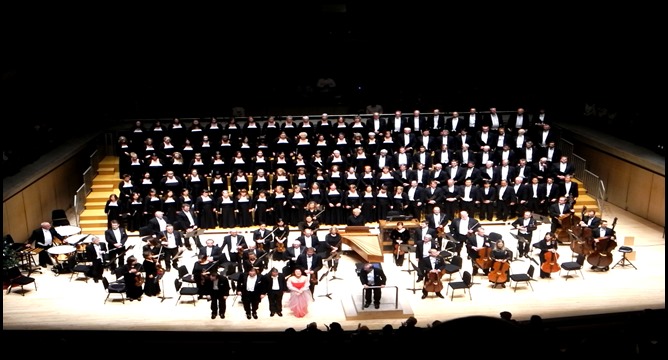
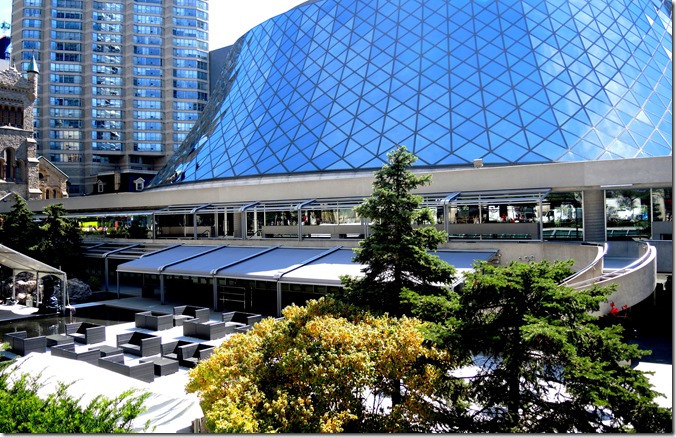
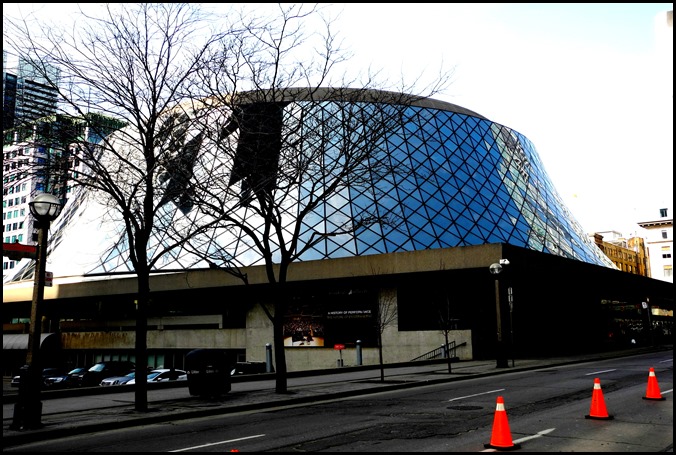
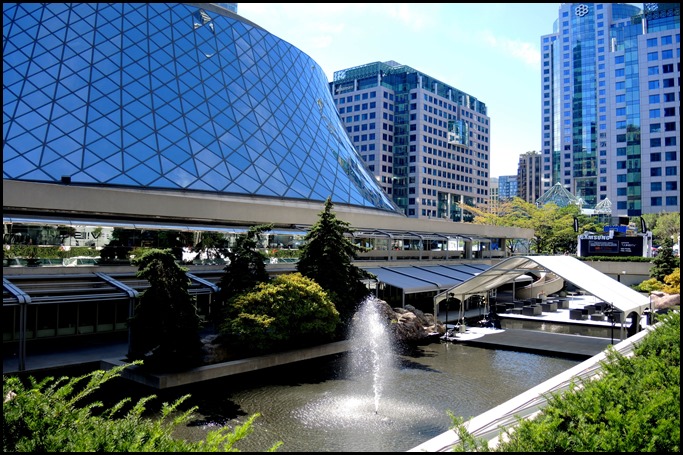



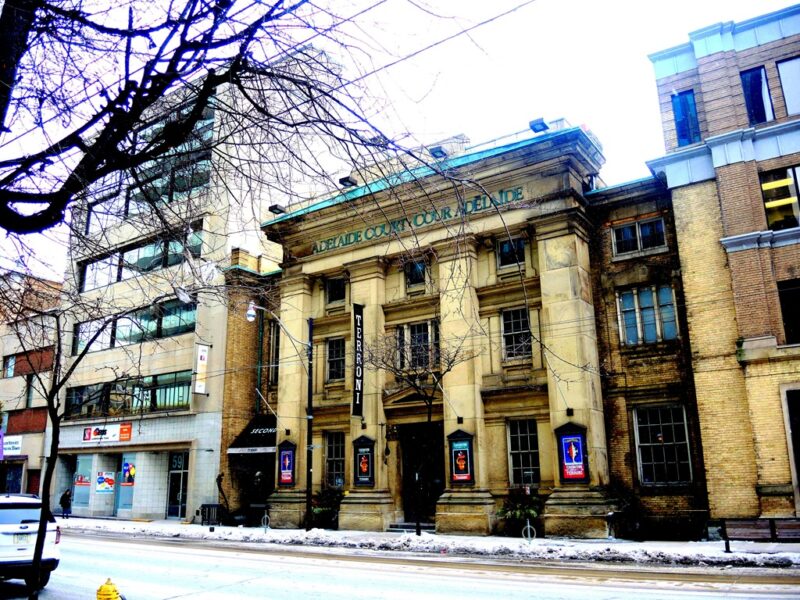
I had forgotten about the dress code at the Ed restaurants. It was still in effect in the mid-70s when I arrived in Toronto. I don’t remember the food being particularly memorable but the decor!! It was a visual treat 🙂
Very informative, thank you. Ed’s Warehouse was charming. Nice to be reminded!
Edward Pickering was first President of Thompson Hall, he had also been Private Secretary to our Prime Minister Mackenzie King during World War 2. . Edward was also in his time, President of Sears Canada and also President of Massey Hall . He was a wonderful gentleman and good friend of ours . My wife was a registered Nurse who looked after Mrs. Pickering ,private duty in their home for many years. Edward was one of the most interesting individuals I ever had the privelege to get to know and call our friend. His stories about having dined with Hitler as his house guest were only second to his stories about working for Mackenzie King .